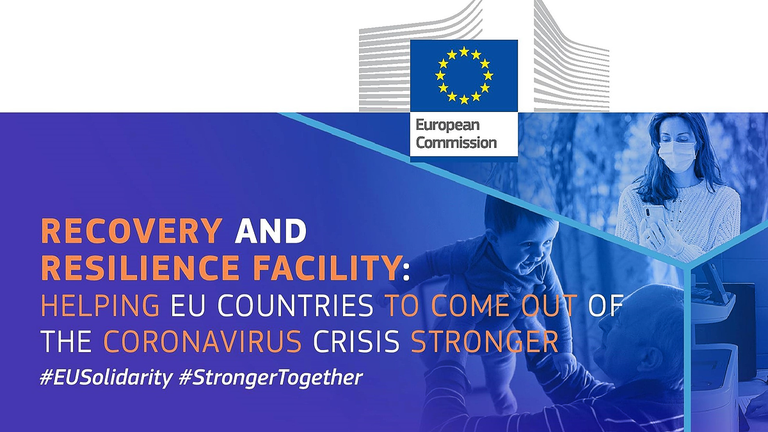On Tuesday, EU economy and finance ministers adopted the first batch of Council implementing decisions on the approval of national recovery and resilience plans. Austria, Belgium, Denmark, France, Germany, Greece, Italy, Latvia, Luxembourg, Portugal, Slovakia and Spain got the green light for the use of EU recovery and resilience funds to boost their economies and recover from the COVID-19 fallout. The adoption of Council implementing decisions on the approval of the plans permits the member states to sign grant and loan agreements that will allow for up to 13% pre-financing.
The Council received a positive assessment for the 12 member states’ plans from the Commission in June, accompanied by the proposals for the Council decisions on their approval. All 12 member states asked for pre-financing from their allocated funds. The decisions adopted today are the final step before the member states can conclude grant and loan agreements with the Commission and start receiving funds to implement their national plans.
The EU financial assistance from the €672.5 billion Recovery and Resilience Facility aims to power the European economic recovery by supporting member states’ reforms and investment projects. The measures approved in the national plans are centred around six policy areas (‘pillars’) set out in the regulation establishing the Recovery and Resilience Facility: green and digital transition, smart, sustainable and inclusive growth, and social and territorial cohesion.
Individual member states’ measures to achieve recovery and enhance the EU’s resilience include, for example, decarbonisation of industry, building renovation, digitization of public administration and reskilling of the labor force. The plans also address the country-specific recommendations identified in the course of the 2019 and 2020 European Semester discussions.
Background and next steps
The Recovery and Resilience Facility is the central part of Next Generation EU, the recovery package to revitalise the EU economy after the COVID-19 pandemic while also addressing the main challenges of our time, such as the climate transition and digital transformation. To receive support from the facility, member states need to submit their recovery and resilience plans to the Commission, which then assesses them against the country specific recommendations and the facility’s six pillars.
Once an individual plan is submitted, and unless a postponement is agreed with the member state involved, the Commission has two months to assess it and to propose a Council implementing decision on its approval. The Council then, as a rule, examines the proposal within four weeks. After it adopts the proposed decision, the member state can sign bilateral financing agreements with the Commission and receive the agreed pre-financing within two months.
Further disbursements from the facility will be based on a positive assessment of the implementation of the recovery and resilience plan, taking into account the achievement of the milestones and targets set out in the individual plan.



